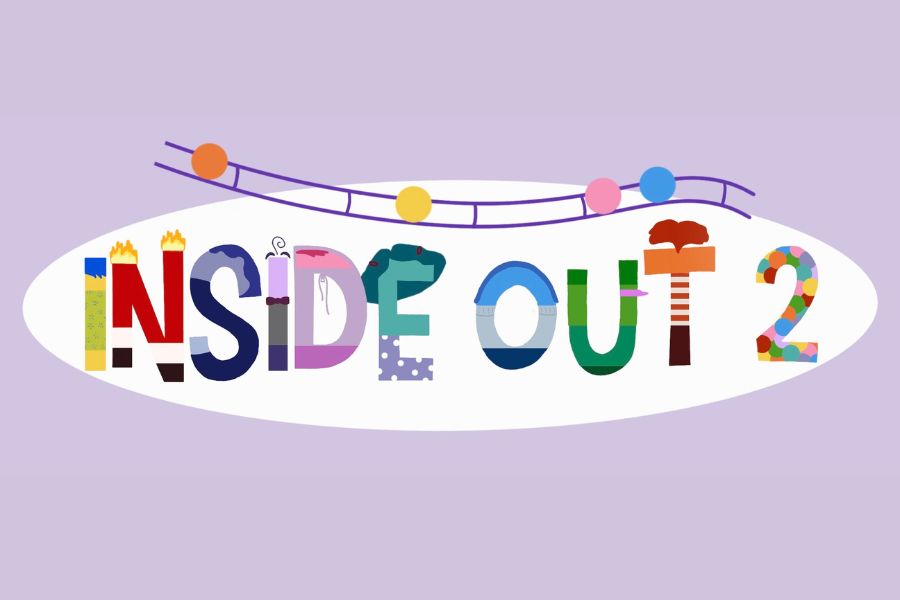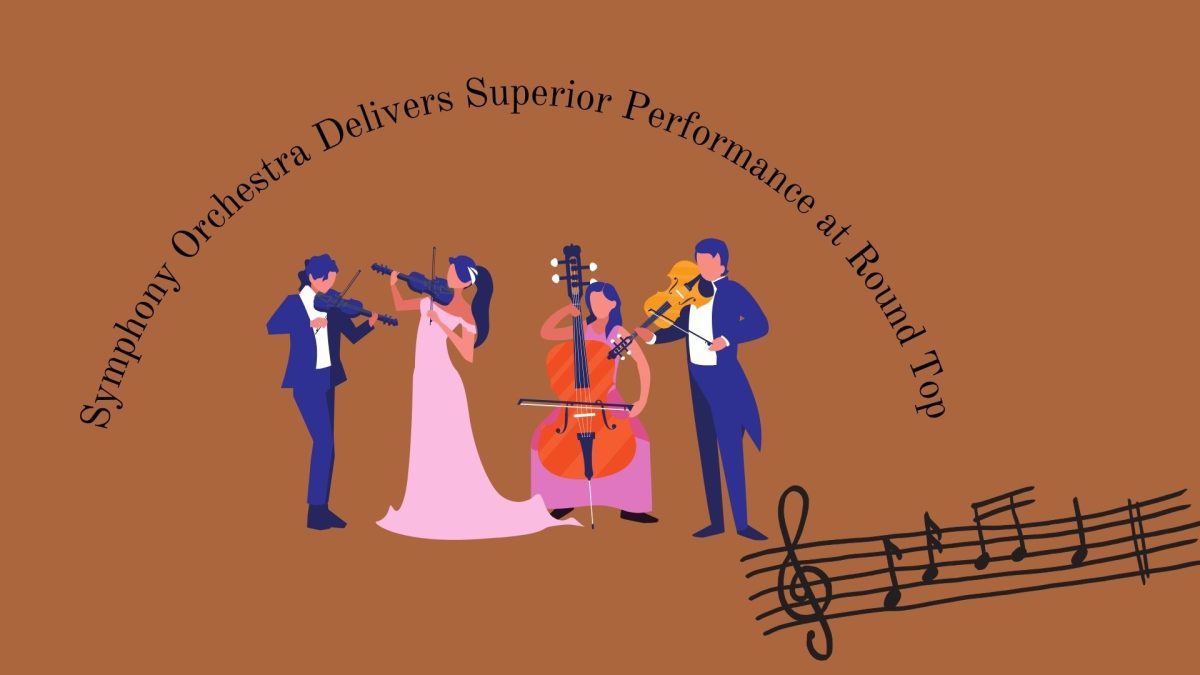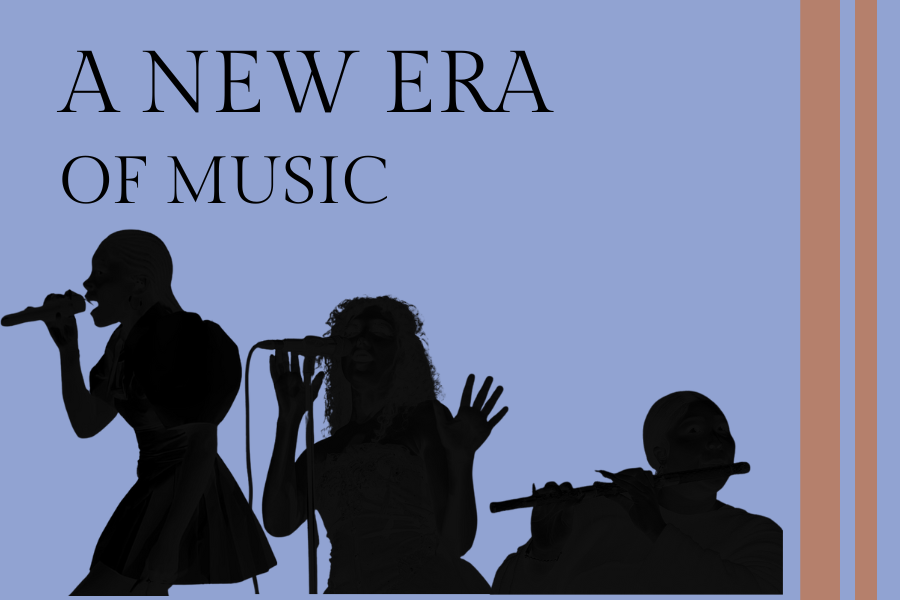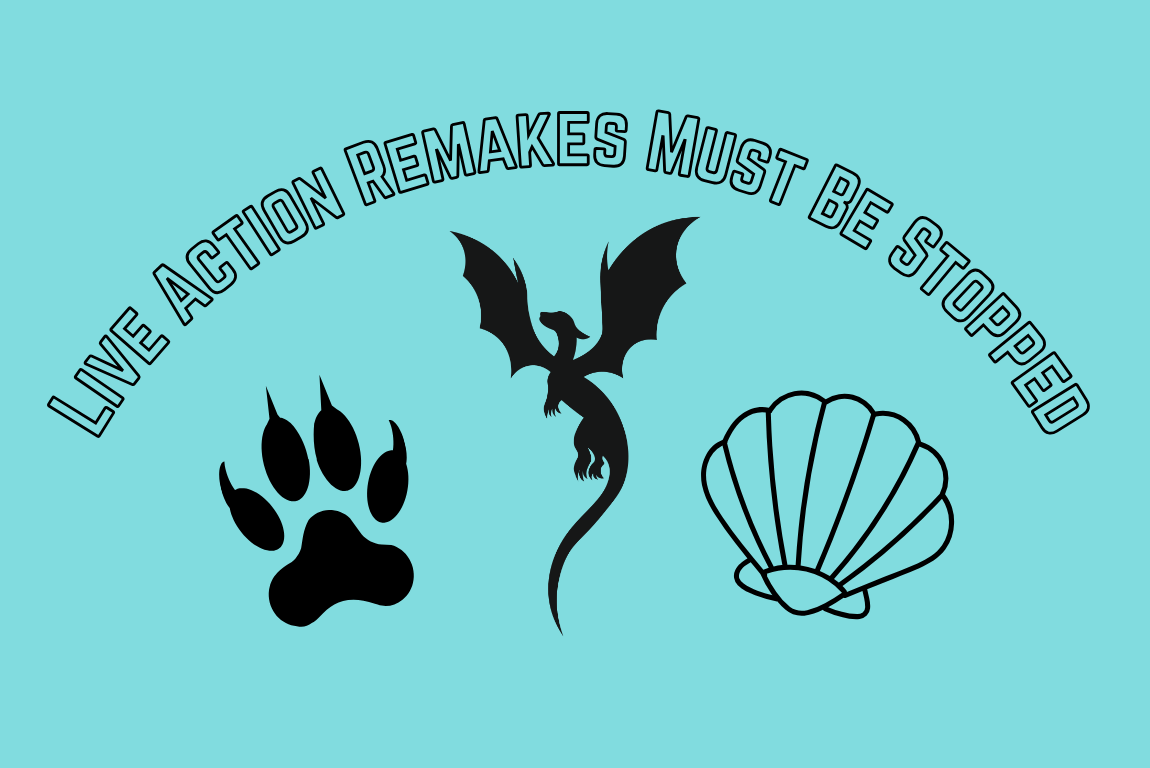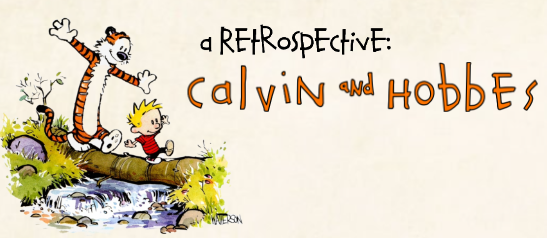It’s hard to believe that it’s been nine years since the release of one of Pixar’s highest-grossing films, Inside Out. Those who regarded it as a childhood favorite have since grown up, undergoing their own experiences with new emotions and how to handle them. It’s only fitting that Pixar’s newly released sequel, Inside Out 2, showcases this same development in the main character, Riley, as she becomes a teenager and learns what it feels like to grow up.
In the original movie, young Riley navigated a difficult move to a new city with the help of her emotions: Joy, Sadness, Fear, Anger, and Disgust. The sequel follows 13-year-old Riley as she approaches the brink of an even more daunting transition: puberty. This new stage of development brings on a whole new host of emotions inside her, including new characters Anxiety, Envy, Embarrassment, and Ennui. As change begins to take place in the teenager’s mind, her core emotions struggle to accept the new dynamic.
Riley still loves hockey, and when she and her two best friends are offered the chance to attend a three-day camp hosted by the coach of the best high school hockey team in the area, they can’t pass up the opportunity. However, Anxiety takes over as the leading emotion in her mind, and Riley loses sight of who she is, making choices that go strongly against her morals.
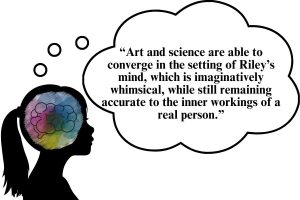
The dual narrative created in this franchise is ingenious. The external plot based within the real world shows Riley’s actions and surroundings, but it’s the internal plot within her mind that truly portrays the human emotional experience. Art and science are able to converge in the setting of Riley’s mind, which is imaginatively whimsical, while still remaining accurate to the inner workings of a real person. In fact, the producers worked alongside a team of professional scientists and psychologists to make sure the creative and innovative story would reflect the actual neuroscience of the adolescent brain.
In an interview with Vox, Lisa Damour, one of the consulting psychologists, commented on the particular challenges they faced in characterizing Anxiety. The new emotion starts the movie claiming she is just trying to protect Riley from future dangers, but as Riley faces new pressures and finds reasons to worry, Anxiety does whatever it takes to “protect” her, taking actions that are not always true to Riley’s good character. Throughout the story, the team of producers and psychology experts were able to brilliantly represent both the healthy and unhealthy range of what anxiety can be.
Visually, the movie is extraordinary. Bright hues light up the audience’s senses and depict how each emotion affects Riley’s memories and beliefs. Pixar embraced different animation styles with their first-ever 2D movie characters, cartoons Bloofy and Pouchy, who make an appearance in the vaults where Riley’s secrets are held. Director Kelsey Mann expressed in an interview with Indiewire that he wanted there to be characters from a cartoon Riley watched as a kid, and artists from the 2D unit perfectly obliged.
Music can often illustrate feelings in a way words cannot, and it plays a crucial role in this film. The soundtrack features original music, composed by Andrea Datzman, that pairs perfectly with the onscreen happenings to heighten emotions and tug on the audience’s heartstrings. The sequel also includes musical themes from its predecessor, written by Michael Giacchino, who was a co-producer for the new score.
Inside Out 2 is more than just an animated film. It’s a thoughtful and relatable exploration of the emotions all people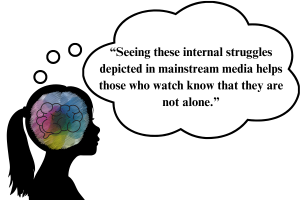 experience. Audiences left the theater in tears after watching Riley overcome challenges they face in their own lives, such as feeling inadequate or insecure. Seeing these internal struggles depicted in mainstream media helps those who watch know that they are not alone. This movie highlights the importance of all emotions, not just happiness, for one’s positive well-being. The sincere message about the complex and conflicting emotions we feel as we grow up quickly captivated the hearts of those in the audience, and made the movie a must-watch for all.
experience. Audiences left the theater in tears after watching Riley overcome challenges they face in their own lives, such as feeling inadequate or insecure. Seeing these internal struggles depicted in mainstream media helps those who watch know that they are not alone. This movie highlights the importance of all emotions, not just happiness, for one’s positive well-being. The sincere message about the complex and conflicting emotions we feel as we grow up quickly captivated the hearts of those in the audience, and made the movie a must-watch for all.

